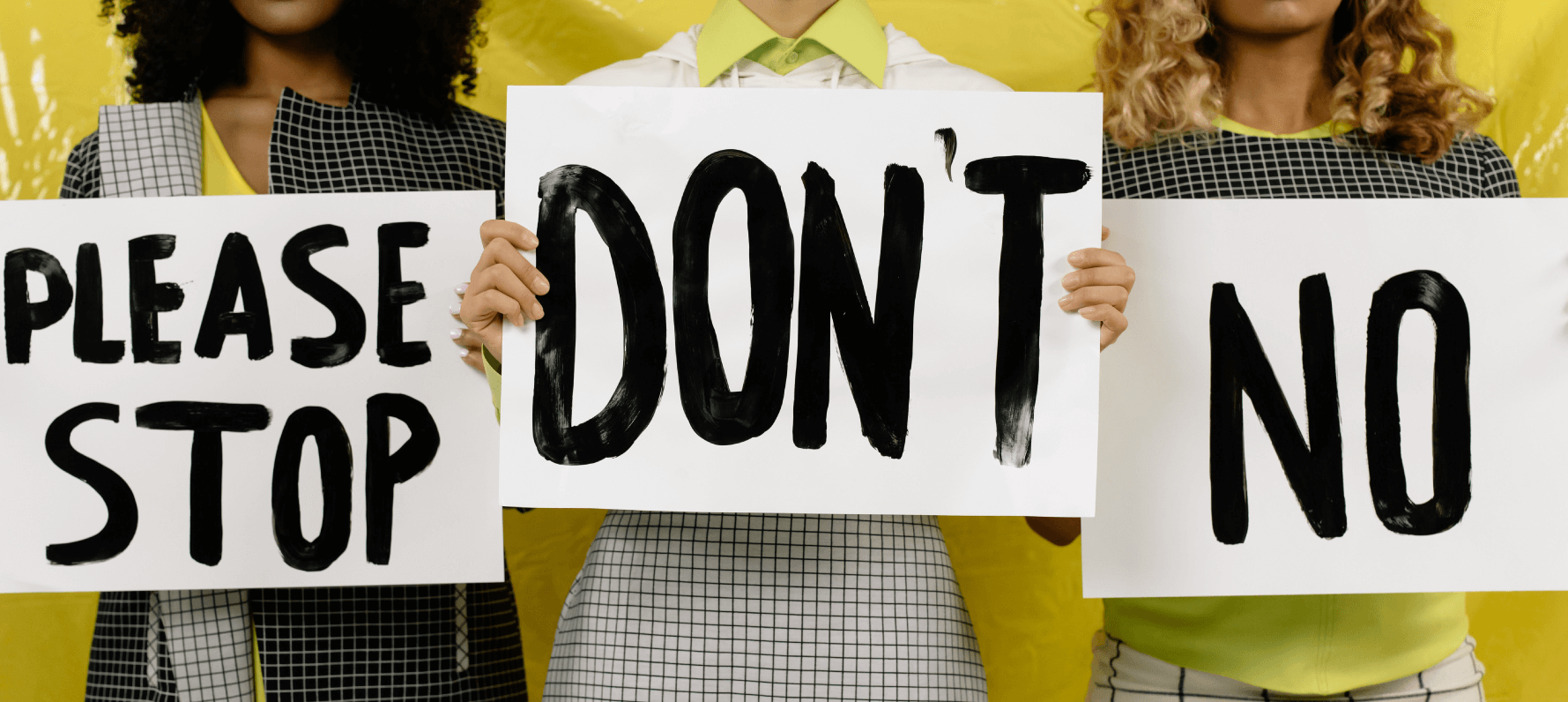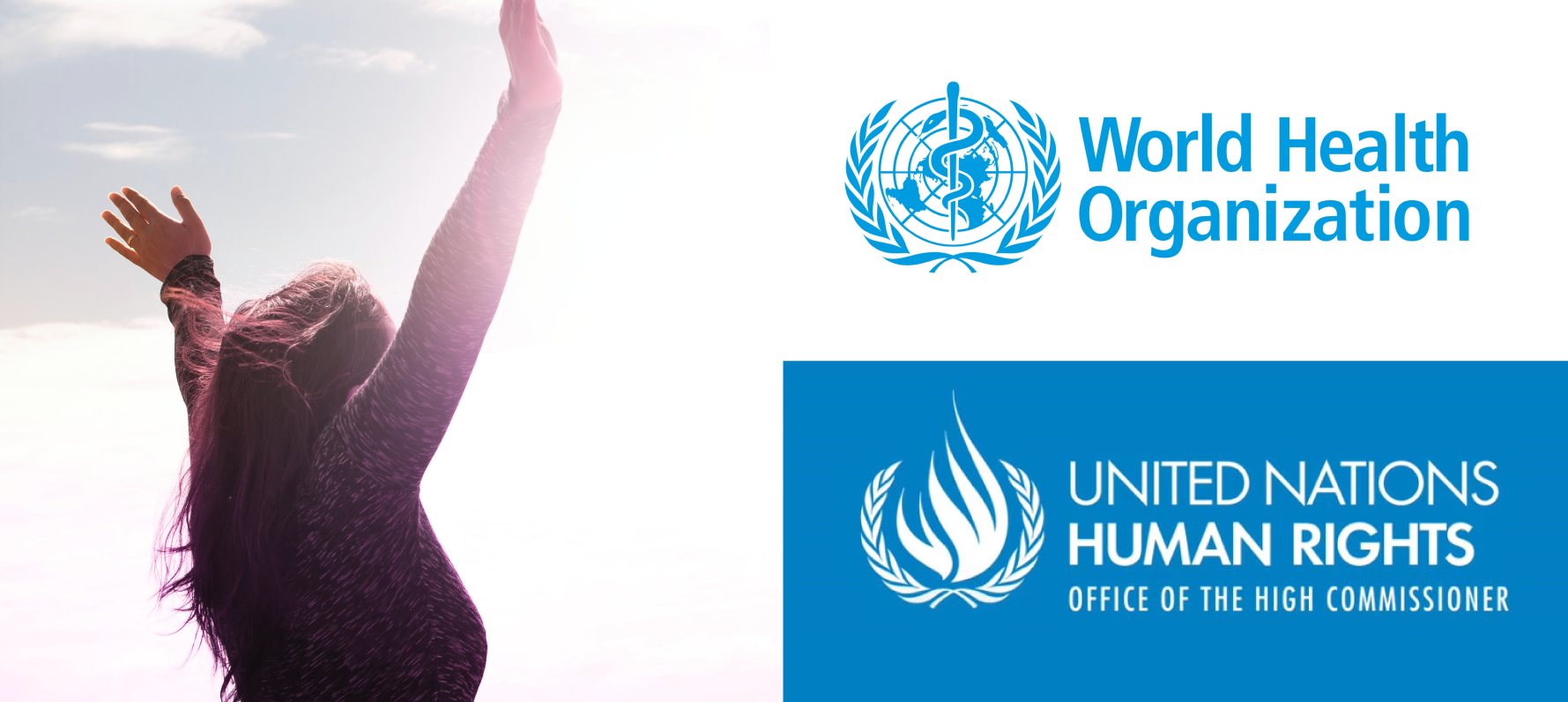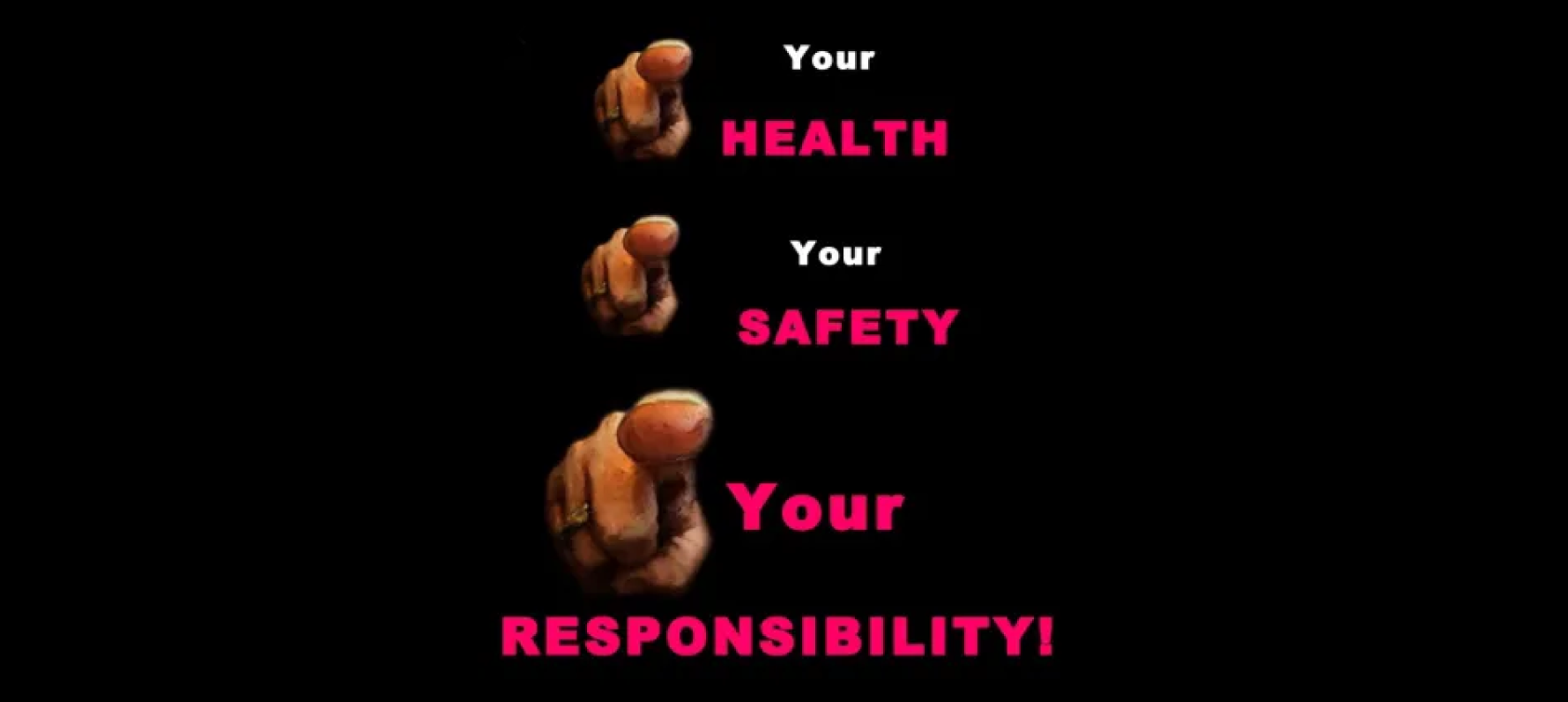by Dr. Jessica Taylor
•
26 October 2023
The world watched whilst Britney Spears rose to fame dressed in ‘sexy schoolgirl’ uniform dancing in a school gym, singing ‘hit me baby, one more time’. They watched as she become a global phenomenon and sex symbol. They laughed as she was chased endlessly by the press. As she struggled to cope. As she shaved her head. As she struggled to keep custody of her children. As she was sectioned and medicated. As she was forced to perform in Las Vegas whilst being regularly medicated to control and subdue her. As she was locked into a conservatorship for thirteen years by her abusive father. Prior to her solo artist career, she had been a famous child star of Disney’s The Mickey Mouse Club along with Ryan Gosling, Justin Timberlake and Christina Aguilera. She regularly performed songs, and dance routines and acted. At fifteen years old, she signed a record deal. I was eight years old when ‘Hit me baby, one more time’ came out. I watched it on the TV and didn’t know she was just a child until much later, when I was an adult working in child sexual exploitation services. I looked back on the video and wondered how old she was when they sexualised her and sold her to the world. I did a quick Google search. Sixteen. I thought about her song titles and music videos. ‘I’m a Slave 4 U’ was curiously released on the same album as ‘Not a Girl, Not Yet a Woman’ when she was eighteen years old. Interestingly, both produced by Pharrell Williams, the producer of ‘Blurred Lines’ with Robin Thicke – widely considered to be a misogynistic, pro-rape song about objectifying women. In ‘I’m a Slave 4 U’ and ‘Boys’ (again on the same album), she is posi- tioned as a sex-crazed woman who will do anything for men. Yet ‘Not a Girl, Not Yet a Woman’ positions her as a child, coming of age, and being stuck in between childhood and adulthood. I’m not a girl (Not a girl, not yet a woman) Not yet a woman (I’m just trying to find the woman in me) All I need is time, a moment that is mine While I’m in between Between 1998 and 2001, her management released an incredible number of songs and music videos that clearly portrayed her as sexy, sultry and out of reach. Sometimes, I wonder how much of that was deliberately paedophilic and illegal. The ‘jailbait’ trope. That men knew she was a child, but she was being positioned as a sexual adult. This included being interviewed several times about whether she was a virgin, when she lost her virginity, and whether she had a boyfriend yet. My next strongest memory of Britney was in 2003, when she released ‘Everytime’. The video was harrowing. I was thirteen years old, and even I noticed that something was very wrong. She was singing about pain and trauma. The music video featured her dying of an overdose in the bath and drowning. I watched it with horror. She wanted to die. Her portrayal of suicide was calm, peaceful and final. She is shown as having an out-of-body experience in which she sees herself being pulled out of the bath by a man and rushed to hospital, whilst paparazzi scramble to take pictures of her body. Since she released her memoir, we now know that the final scene was an apology to her aborted baby with Justin Timberlake. This video still haunts me; in fact, it hurts more to watch now than it did then. Here was a very young woman, shot into global stardom, sexualised and sold as a teenage sex object, struggling to cope with the pressure, and now depicting her own death. In 2008, her mother Lynne told the press that her daughter had ‘lost her virginity’ to an eighteen-year-old man when she was just fourteen years old, and way below the age of consent. She had started drinking at thirteen years old whilst working on The Mickey Mouse Club, and had started taking drugs at fifteen years old. In her memoir, Lynne recalls finding cocaine and weed in her daughter’s bag as she was boarding a private jet around the time ‘Baby One More Time’ was released. For some, this might just look like a teenager experimenting, having fun, and pushing boundaries – but to me, it looked like a teenager who was struggling to cope with something; a theme that would continue for another couple of decades. In her book, Lynne looks back on the way she was told by managers and music producers that the only way sixteen-year-old Britney would be able to compete with stars like Mariah Carey would be to sexualise her, and frame her as a ‘Lolita’. She writes that she was told that they wanted to deliberately manage Britney as a teenage sex object, and that Lynne regrets giving up control of her daughter’s career. Less than a year after Lynne gave this interview, in 2007 Britney was filmed having a ‘public breakdown’ and shaving her hair off. A month later, after being hounded by tipped-off paparazzi, she hit a car with an umbrella. This led to global media outlets framing her as violent, psychotic, insane and a bad mother to her children. Despite everything she was going through, and previously being regarded as a national treasure, she was framed as dangerous and disordered. She was then reportedly in and out of ‘rehab’ for years, sectioned several times and placed on psychiatric medication. At the end of 2007, her father, Jamie, placed Britney under a ‘temporary conservatorship’ which lasted over thirteen years. During this time, concerns slowly mounted amongst her loyal fanbase, who believed for years that she was being exploited and controlled. They argued that she was in danger, and being treated like a prisoner. They pointed to evidence on her social media which suggested that she was trying to carefully get messages to her fanbase that she was in danger. In 2009, they created a FreeBritney website, and demanded that her conservatorship was ended. In November 2021, Britney filmed and posted a video to her fan base, and specifically thanked the FreeBritney movement for ‘saving her life’, and ‘noticing that something was wrong’. I started to become interested in Britney’s journey around four years ago, when I noticed that she always looked disconnected in her social media videos and photographs. Her communication seemed odd. Her eye contact and body language weren’t right, and I had commented that she was extremely traumatised, but likely to be taking medication of some sort. I wondered whether she, like many of the women and girls I was working with, was being subjected to the same process of pathologisation and control. In 2019, one of the attorneys in the conservatorship case claimed that Britney was so mentally ill that she was like ‘a comatose patient’ and that she couldn’t make any decisions or sign any statements because she was the equivalent of an unconscious person. I started to feel that my worries were being confirmed. How could she simultaneously be so lacking in capacity that she was the equivalent of a person in a coma, and also be performing at a residency in Las Vegas every single night? How could people around her be claiming that she was so mentally ill that she needed round-the-clock supervision and medication, but she was still well enough to perform for hours? Something wasn’t right. Whilst many laughed off the idea that she was trying to send out messages that she was being abused and controlled as a conspiracy theory, I looked through her social media for hours and found that I agreed with her fanbase. There was something about her social media. The captions seemed strange, but purposeful. Were they being written deliberately by her social media managers to make her look insane? Were they being written by a woman who had been forced to take high dosages of medication? Were they coded messages to her fans, to keep campaigning for her to be released from her conservatorship? Maybe one day we will know the full truth, but in 2020, I wrote on my own social media that I was very worried about where her life was headed, and what the conservatorship was doing to her. I looked back over the life of a girl I had grown up at the same time as, and saw nothing but trauma, fear, confusion, pressure, harassment, abuse and pathologisation. It made sense to me that she struggled so much, but like so many others, she was diagnosed as mentally ill, lost custody of her children and was positioned as disordered and psychotic. The 2021 documentary, Framing Britney Spears, was the first time I had seen an angle taken by mass media outlets (New York Times) which clearly demonstrated that Britney was being abused and exploited. I watched it with my wife and we both cried as we watched the journey of a young girl being controlled and abused, financially exploited and framed to the media as a danger to herself and her children. Not long after, her father has recently announced that he would eventually step down from the conservatorship which controls her entire life, and she has recently been allowed to drive again after over fourteen years of not being allowed to drive her own car. I sincerely hope that the world supports her no matter whether she decides to put them all, or whether she quietly disappears from public life forever. Her life story and case should serve as one of the most public examples of sexualisation, exploitation and pathologisation of women that has ever occurred. Sexy but psycho – the Disney legacy In 2014, I came across a video on YouTube which seemed to suggest that there was a link between the Disney franchise and the sexualisa- tion and then subsequent ‘breakdown’ of female child stars. It wasn’t much, but it was implied. I have been interested in this process ever since. Britney was part of that cohort, but there have been many more girls since her era. As the years have passed, I’ve watched as rising child stars such as Miley Cyrus, Selena Gomez, Ariana Grande, Demi Lovato and Lindsay Lohan were taken down similar pathways of hypersexualisation and then pathologisation that were publicly discussed, but for some reason, not publicly scrutinised. Well, the girls were scrutinised, of course. Not so much scrutiny was afforded to the managers and corporations who had clearly developed a blueprint for transforming their cute child stars into pornified sex objects overnight. Sometimes it felt like they had deliberately removed their successful female child stars from the limelight for short periods of time and then relaunched them as sex siren pop stars – when they were barely seventeen years old. Miley Cyrus became famous for her starring role in Hannah Montana, in which she played a young famous popstar who has to disguise herself to enable her to live a normal life. However, by the age of fifteen, she was relaunched from actor to solo artist. Her songs were carefully constructed to be sexy, but almost acceptable – a teenager singing about her relationships or her crushes. In 2010, at seventeen years old, her management released ‘Can’t Be Tamed’, a song which describes her as crazy, sexy, wild, damaged, jagged and uncontrollable. In the video, she is dressed as a wild, exotic, sexy animal in a large cage, that rich people have paid to see. She becomes uncontrollable and difficult to tame, the rich people become frightened of her, and so the video is designed to position her as sexy, but out of control. Her clothing is ripped and shredded. Her makeup is dark. Her hair is wild. It is vital to remember that she is not only a child at this point, but is still starring in a Disney children’s programme with a viewership of millions of small children. It is therefore interesting that some critics have speculated that this could be a deliberate process that Disney use to move their young audience towards their pop stars as they age with them. This journey towards sexy, but ultimately, mentally ill, contin- ues for years in her career. By 2013, her music videos regularly showed her almost naked, taking drugs, and being encouraged to be as sexualised as possible. Huge smash hits such as ‘We Can’t Stop’ and ‘Wrecking Ball’ deliberately portrayed her as sexy, but disordered. Naked, but crying into the camera. Beautiful, but aggressive. Laughing but angry. Intoxicated. Exhausted. Messy. Wild. Uncontrollable. Sexy. I also have to wonder what the significance is of Miley crying into the camera with a shaved head in ‘Wrecking Ball’. Why, and how, was she positioned as sexy but psycho? In 2019, tabloids reported that Miley’s family were considering having her sectioned, in order to save her marriage to Liam Hemsworth. A source told the NW that ‘it was clear she was back in a dark place, and her family are telling her to face up to her demons and seek psychiatric treatment before it’s too late. If it saves her marriage, it will be a small price to pay.’ This is particularly distressing to read, considering that around that time she had come out as bisexual, and less than a year later, she came out as lesbian, and was in a relationship with a woman. The tabloids and celebrity gossip blogs continued to position her as acting out, crazy, wild, promiscuous and problematic for years. It was reported by Star that she was ‘acting out’ to ‘get attention’ from her on-off partner, Liam. Heat magazine reported that her relationship with Kaitlynn Carter was a ‘fling’ to ‘get attention’ and that she needed to be sectioned or sent to rehab for ‘social media addiction’. In 2020, NW published a criticism of Miley, claiming that she had a ‘mental breakdown’ due to jealousy about her ex moving on, and that her current partner Cody Simpson was going to have her sectioned or sent to a mental health facility. This targeting of a young woman is not unique, in fact it is a pattern which many young women have been subjected to. Selena Gomez recently announced that she had been diagnosed with bipolar disorder, anxiety and depression having been put through the same process of sexualisation and framing as sexy, but psycho. Again, after being sent to a psychiatric hospital, she was told she was mentally ill. In 2011, after yet another career which took her from Disney child star to sex object popstar in a matter of months, an eighteen-year-old Demi Lovato was ‘sent to rehab’ and diagnosed with bipolar disorder. She quickly became the poster child for many mental health organisa- tions looking to ‘raise awareness’ of bipolar disorder. In 2018, she took a near-fatal overdose. However, she gave an interesting interview in 2020, in which she stated that she had been misdiagnosed with bipolar disorder, and that it seemed easier for doctors to slap a label on her anger and behaviour and tell her it was bipolar disorder. In her own words, ‘bipolar was used as a convenient excuse’ for what was really happening. Similarly to Miley Cyrus, Demi gave an interview in 2021 in which she said ‘I hooked up with a girl and was like, “I like this a lot more.” It felt right.’ She went on to say, ‘I know who I am and what I am, but I’m just waiting until a specific time to come out.’ Demi said that she would feel a ‘visceral reaction to being intimate with men’, and ‘blamed herself for ignoring red flags that she was not heterosexual’. This strikes me as important, that young girls and women who might not even be heterosexual were having their young female bodies exploited, sexualised and moulded for the male gaze by multimillion-dollar corporations – causing serious psychological trauma that would later be diagnosed in terms of psychiatric disorders. Ariana Grande was quickly sexualised as a young teenage girl, and then put through the exact same process as the others. She has spoken publicly about her depression and anxiety, and says that since the terrorist bombing of her Manchester concert in 2017, she hates performing. What is interesting about Ariana’s experiences is that rather than being labelled as bipolar or psychotic like the others, the public sympathised with her trauma from the terrorist attack, and see that as a real, tangible trauma. Instead, then, she was diagnosed with PTSD and her loyal fanbase promised to support her, even if she cancelled her tour dates. Lindsay Lohan, on the other hand, was bullied for years for her public ‘breakdown’ and drug dependency, despite disclosing domestic abuse and other traumas related to child stardom, sexualisation and pathol- ogisation. Lindsay was diagnosed with ADHD after ‘erratic behaviour’, which UCLA have argued is a misdiagnosis, leading her to be treated with Adderall. This drug is known to have similar effects to cocaine and amphetamines. However, she was also diagnosed with bipolar and alcohol dependency, which led to her living for several years on a cocktail of Dilaudid, Ambien, Adderall, Zoloft, Trazadone and Nexium. When she was twenty-four, doctors who felt she had been misdiagnosed helped to wean her off these drugs using careful tapering methods until she was completely medication-free. Her story – of yet more abuse, trauma and pathologisation – is a sobering read. A young child star who was struggling was diagnosed with several psychiatric disorders she never had, medicated for years and then publicly mocked and criticised as crazy and promiscuous: a hot mess. Throughout her childhood, Lindsay was subjected to various traumas. Despite having a complex relationship with her mum, which the tabloids have mocked for over a decade, in 2013 her mother stated to the New York Daily News that her trauma was all connected to things she witnessed and experienced in childhood. This important detail seems to have slipped past the general public, who focus on her wild nights out, legal troubles, financial issues and addiction. Despite there being a possible root of her trauma, it has been ignored for decades. Even after all of the years have passed, she has stated several times in interviews that she has been harassed and lied about. In an interview with the Daily Mail in 2016, Lindsay stated that her her mobile phone number had been shared on the internet, and several news outlets had been told that she was pregnant. But it wasn’t just the constant reports in the media. In 2016, footage surfaced which appeared to show Lindsay being assaulted on a public beach in Greece. In the video which was widely circulated, she ran from the attack to be followed, grabbed, exposed and forced away. It should be becoming painfully clear by now that what we are witnessing is a pattern of rising fame, sexualisation and then pathologisation of women and girls who are in fact being subjected to abuse, trauma and stress, and struggling to find how to cope, and who they really are in an industry which expects them to be happy, sexy, heterosexual objects of desire for men. Speaking of sexuality, Lindsay is yet another woman subjected to years of pathologisation who has had long relationships with men and women. Her relationship with DJ Samantha Ronson between 2008 and 2010 was met with scepticism, jokes and even outrage in the press. It is little wonder that she denied it and refuses to confirm whether she is bisexual or not. Sadly, I have come across several LGBT outlets who published articles and blogs blasting her for ‘bi-erasure’, ‘harming bisexual people’ and ‘denying being queer’ which seem to have very little insight into how traumatic and frightening it might be for her to talk openly about her sexuality after years of press harassment, ridicule and male violence. Whilst I have focused on Disney stars here, it would be wholly inac- curate to state that this journey is limited to their franchise. The ‘Sexy but Psycho’ blueprint has led to the abuse, harm and death of many women including Amy Winehouse, Whitney Houston, Kate Spade, Carrie Fisher, Anna Nicole Smith, Peaches Geldof, Bobbi Kristina Brown and Tina Turner. I know how that list might look to some, but maybe it is time we take a step back and reanalyse the lives and deaths of these women? All of them struggled with their traumas, stress, abuse or pressure of some kind. All of them were, at some point, positioned as wild, out of control, mentally ill, problematic or attention seeking. Instead of a humanistic response to what had been done to them, the public were encouraged to laugh along, gossip, harass them and speculate about their ‘breakdowns’.










